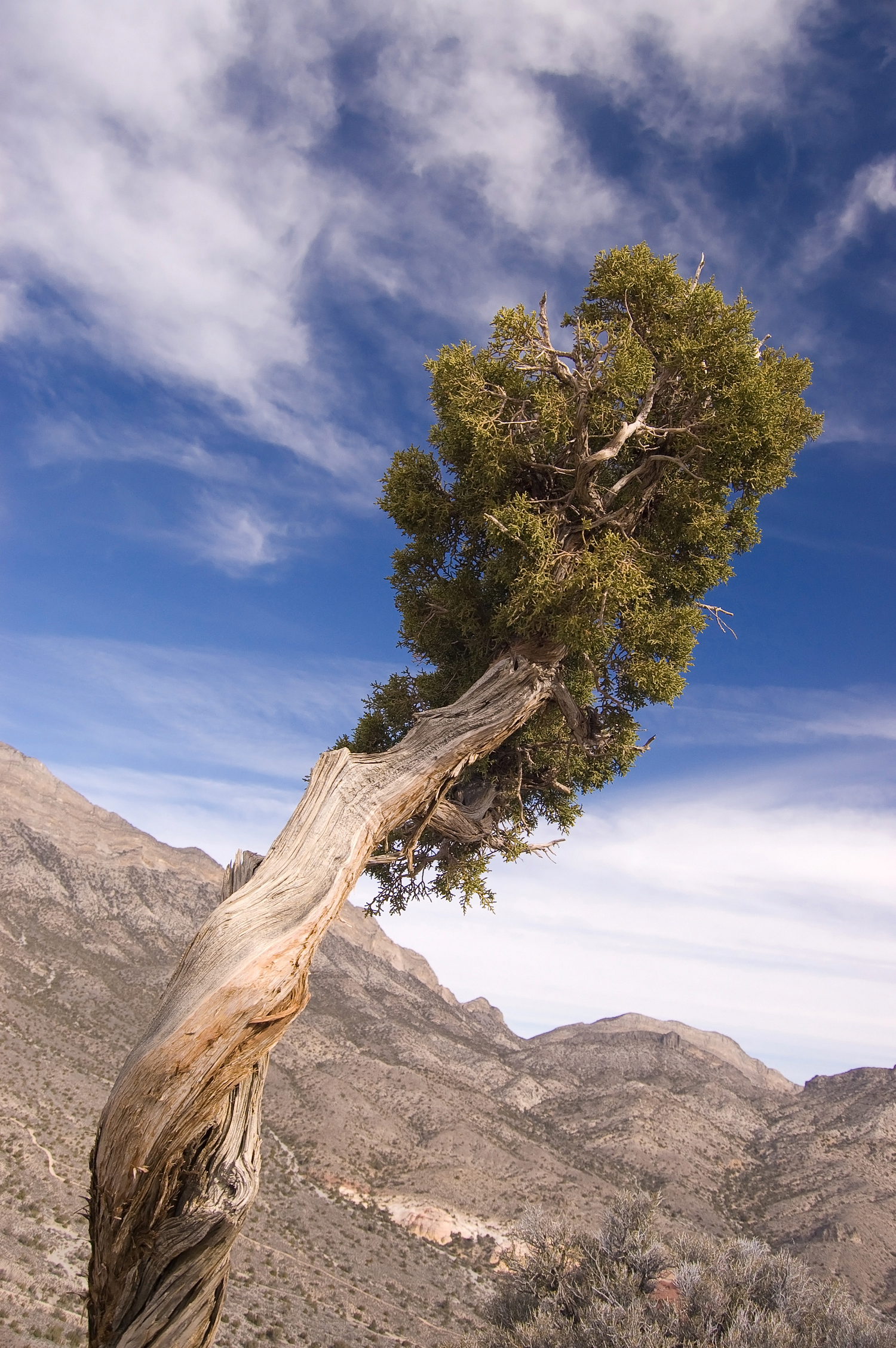The Juniper Tree: A Symbol of Resilience and Longevity
The juniper tree, a member of the Cupressaceae family, is a hardy evergreen plant known for its distinctive aroma and unique characteristics. Found in various parts of the world, including North America, Europe, and Asia, junipers have been revered by cultures throughout history for their medicinal properties, cultural significance, and aesthetic appeal.
Juniper Tree Characteristics

Junipers are characterized by their needle-like leaves, which can be blue-green, yellow-green, or gray-green in color. They are typically cone-bearing plants, producing small, fleshy cones known as “berries.” These berries are often used in culinary and medicinal applications.
Junipers are adaptable plants that can thrive in a wide range of environments, including rocky slopes, sandy dunes, and high-altitude regions. They are known for their drought tolerance and resistance to pests and diseases.
Juniper Tree Cultural Significance

The juniper tree has deep cultural significance in many societies. In ancient Greece, it was associated with the gods and was used in religious ceremonies. In Native American cultures, the juniper tree was considered a sacred plant and was used in healing rituals and to ward off evil spirits.
In some parts of Europe, juniper branches were hung over doorways to ward off witches and evil spirits. The juniper berry was also used as a seasoning in traditional European cuisine.
Juniper Tree Medicinal Uses
:max_bytes(150000):strip_icc()/GettyImages-946028290-0a3e92ad30be42fc90c74d223f15267b.jpg)
Junipers have been used for medicinal purposes for centuries. The juniper berry is rich in essential oils, including terpenes and flavonoids, which have been shown to have various health benefits.
Some of the traditional medicinal uses of juniper include:
Digestive health: Juniper berries have been used to treat digestive disorders, such as indigestion, bloating, and constipation.
Juniper Tree Landscaping Uses
Junipers are popular ornamental plants and are often used in landscaping. They can be grown as shrubs or trees, and they come in a variety of sizes and shapes. Junipers are low-maintenance plants that require minimal pruning.
Junipers are also suitable for use in xeriscaping, which is a landscaping approach that emphasizes drought-tolerant plants.
Conclusion
The juniper tree is a versatile and resilient plant with a rich cultural history. It has been valued for its medicinal properties, aesthetic appeal, and symbolic significance for centuries. Whether you are interested in its culinary uses, its potential health benefits, or its landscaping applications, the juniper tree is a fascinating and worthy subject of study.
FAQs
1. What is the difference between a juniper tree and a cedar tree?
While both juniper and cedar trees belong to the Cupressaceae family, they have distinct characteristics. Junipers typically have needle-like leaves and fleshy berries, while cedars have flat, scaly leaves and woody cones.
2. Can you eat juniper berries?
Yes, juniper berries can be eaten in moderation. However, it is important to consume them in small quantities as excessive consumption can be harmful.
3. Are juniper trees poisonous to pets?
Yes, juniper trees can be poisonous to pets if ingested. If you suspect that your pet has eaten juniper berries or leaves, it is important to seek veterinary attention immediately.
4. How do you care for a juniper tree?
Junipers are relatively low-maintenance plants. They prefer well-draining soil and full sun to partial shade. Regular watering is necessary, especially during dry periods.
5. What are the different types of juniper trees?
There are many different species and cultivars of juniper trees, each with its own unique characteristics. Some popular examples include the common juniper (Juniperus communis), the Chinese juniper (Juniperus chinensis), and the creeping juniper (Juniperus horizontalis).